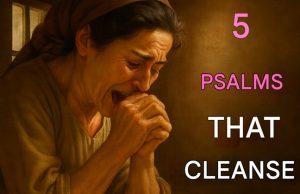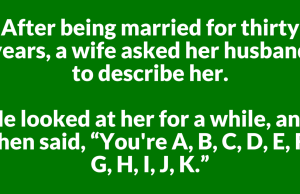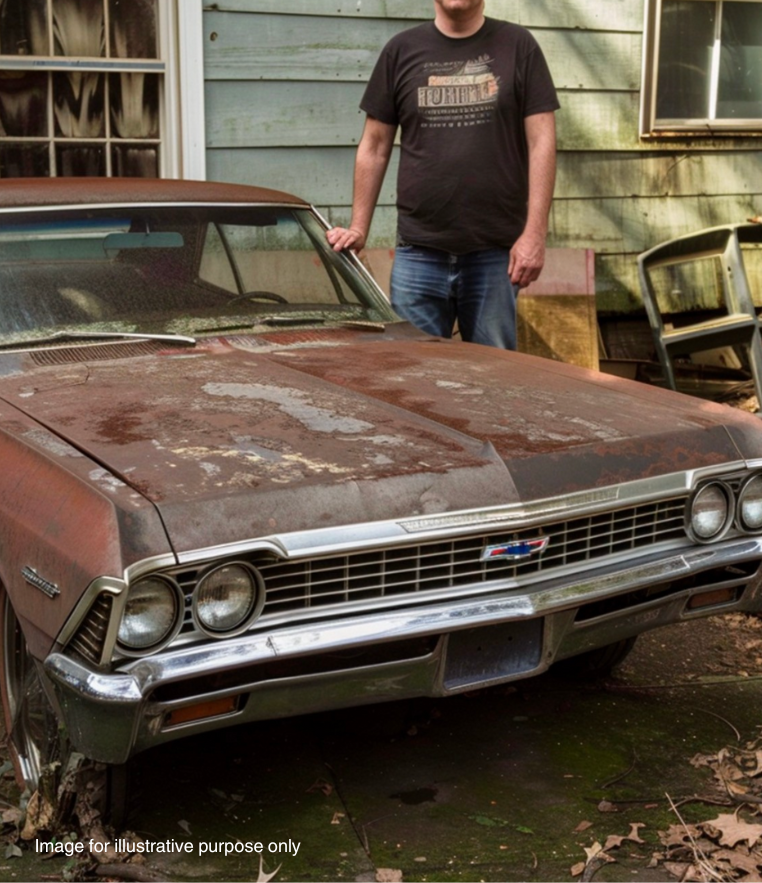
My father’s ancient ’67 Chevy Impala wasn’t just a rusted antique to me; my neighbors saw it differently. What began as a disagreement over a visual annoyance escalated into unexpected developments, altering our peaceful suburban lane in unexpected ways.
I took possession of a battered ’67 Chevy Impala from my father. To most, it appeared as nothing more than a corroded vehicle, yet for me, it held memories of my father and represented a restoration project I was eager to undertake. The car remained parked in my yard, as my garage was already filled with various tools and parts.
I acknowledged its unattractive state, but I was accumulating resources and time to repair it. My neighbors, on the other hand, took a critical approach.
One bright afternoon, while inspecting the Impala, memories of my father, Gus, educating me on how to change the oil surged back. His mustache twitched with a smile.
“See, Nate? It’s all about patience and effort,” he had advised.
As I caressed the aged paint, buried in concentration, a sharp voice shook me awake.
“Excuse me, Nate.” Could we talk about that?
Turning around, I noticed Karen, my next-door neighbor, pointing at the Impala with disgust.
Hey, Karen. “What’s the problem?” I asked, anticipating her concern.
“That vehicle. It’s a blight. It’s detracting from our street’s aesthetic,” she declared, her arms folded.
I exhaled. “I recognize it appears neglected presently, but I intend to renovate it. It belonged to my father—”
“I’m not concerned with its history,” Karen interrupted. “It either needs to be removed or concealed.”
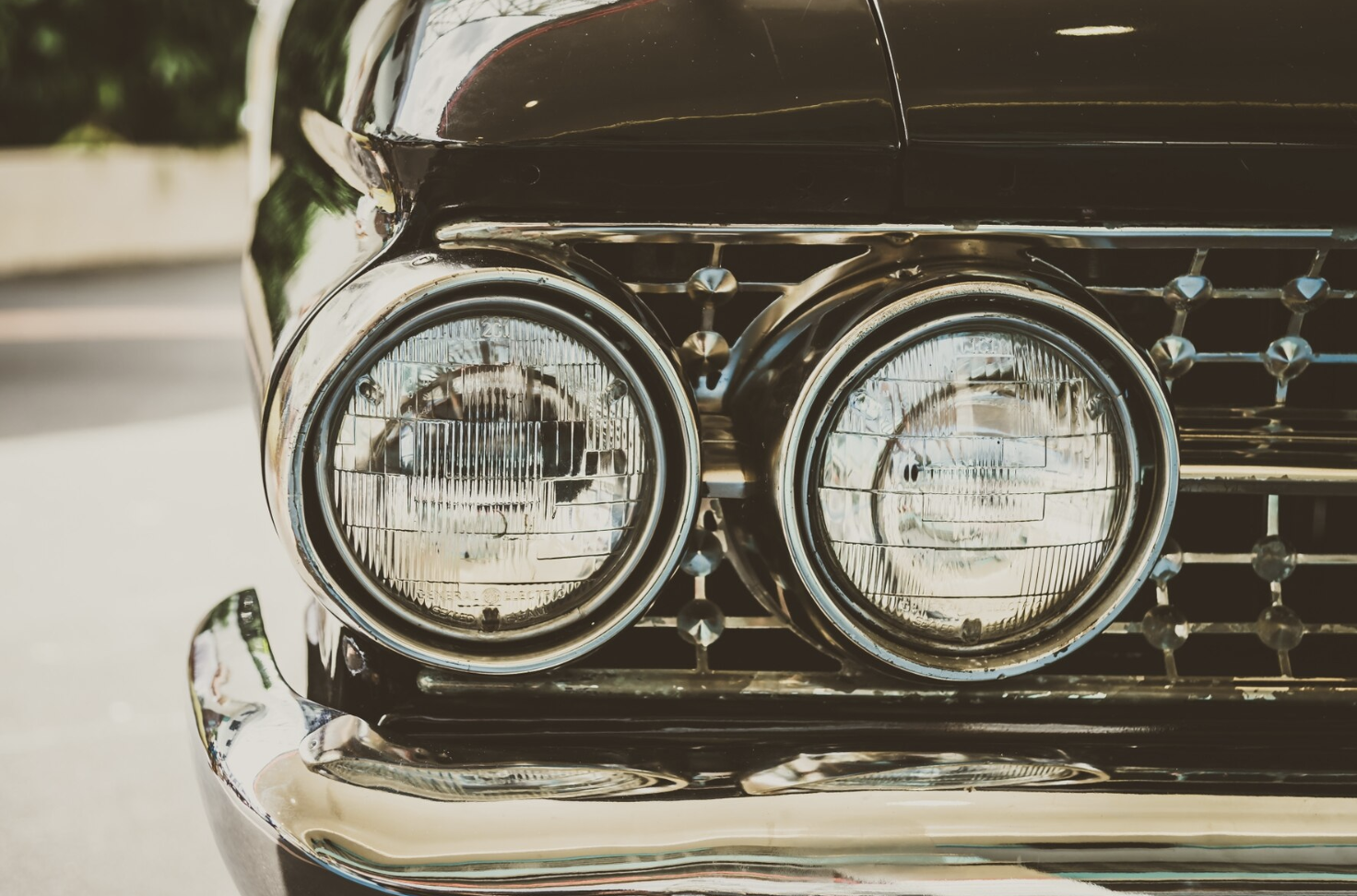
She walked away without saying anything else, leaving me with a horrible sense.
Later that night, I vented my anger to my girlfriend, Heather, over supper.
“Do you believe her? “She appears oblivious to what this car represents to me,” I remarked, jabbing at my salad.
Heather extended her hand across the table, offering comfort. “I understand, love. But perhaps you could accelerate the work? Just to demonstrate progress?”
A week later, I saw a city notice attached to the “problematic” vehicle. My heart sunk when I read the directive.
“Remove the vehicle or shield it with a fence,” it concluded.
I crumpled the notification, frustrated and in need of advice.
I called Vince, a fellow automotive enthusiast. “Hey, friend. Do you have a minute? “I need your opinion.”
“Of course, what’s going on?” Vince’s voice came out crackly.
After I detailed the problem, Vince paused before saying, “Build the fence,” and then added, “but with a twist.”
“What do you mean?” I inquired, curious.
“Just wait. I will come over this weekend. “We will make it interesting.”
That Saturday, Vince arrived with fencing supplies. Over the next two days, we built a strong barrier around my front yard.
While working, Vince shared his idea. Let’s paint an Impala mural on the fence. Every imperfection, each rust spot. If they wish to hide the car, let’s make sure they don’t forget it.”
I smirked, intrigued by the plan. “Let’s do it.”
We spent the next day painting. Though none of us were artists, we were able to create a reasonable portrayal of the Impala, emphasizing its flaws for impact.
I took a step back and felt a surge of satisfaction. Now I’m curious to see how the neighbors react.
Soon after, a group of neighbors led by Karen arrived to my door. Their looks were a mix of fury and desperation.
“Nate,” Karen began, her tone harsh. “We need to address the fence.”
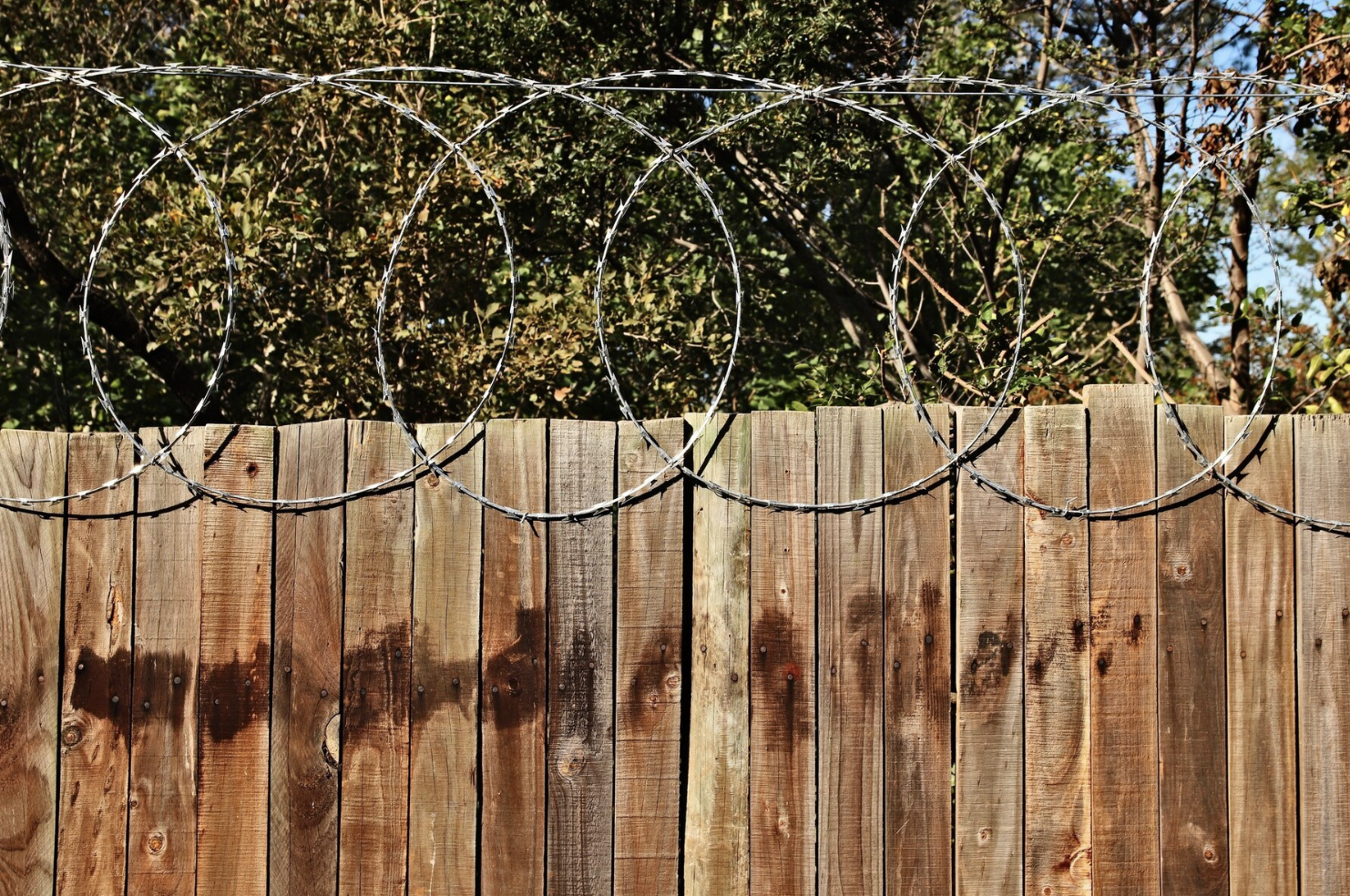
Leaning against the doorframe, I could scarcely hide my delight. “How about it?” “The car is hidden, as you requested.”
Frank, another neighbor, commented, “We know we asked for the car to be hidden, but this mural…it’s overwhelming.”
I raised an eyebrow. “Overwhelming? “In what way?”
Karen inhaled deeply. “It is worse than the actual automobile. “You’ve transformed your yard… into…”
“An art display?” I offered sarcastically.
“An eyesore,” she said firmly. “We’d prefer the actual car over this… this eyesore.”
I crossed my arms and savored their agony. “So, you complained about my car, pushed me to invest in a fence, and now you want it removed?”
They nodded in embarrassment.
I paused awhile before proposing, “I’ll demolish the fence on one condition. Agree to stop complaining about the car until I rebuild it. Deal?”
They reluctantly gave their consent. As they dispersed, their murmurs filled the space.
The next day, when I disassembled the fence, the neighbors were increasingly curious. Tom approached, discussing the car’s potential and offered assistance.
“What year is it?” he asked.
“A ’67,” I responded, delighted to share.
Tom’s offer of assistance signaled the start of community interest in my idea. Neighbors came to visit, offering advise and encouragement.
Karen came me one morning as I was working on the engine, her demeanor a mixture of discomfort and interest.
“So, this is the infamous car, huh?”
“Yes, this is her,” I said, washing my hands.
Karen studied the engine with serious curiosity. “I admit that I am not well-versed in vehicles. “What are you working on?”

As I spoke, additional neighbors joined in, transforming the gathering into an impromptu block party complete with snacks and anecdotes of automotive nostalgia.
As twilight fell, the atmosphere became warm and communal. Karen seems to have a good time as well.
“You know,” I told the gathering, recalling my father’s words, “a car is more than a machine. It’s a story with wheels. He’d be overjoyed to see what stories this old girl has inspired today.”
Agreement and toasts ensued. Looking around at the now-friendly faces, I realized the previously difficult car had brought us together.
The restoration adventure promised fun, perhaps concluding in a neighborhood classic car parade.
I raised my glass and toasted, “To good neighbors and great cars.”
Cheers filled the air, and as the conversation progressed, I reflected that the best restorations frequently involve more than simply vehicles; they rebuild communities.
What would you have done?





